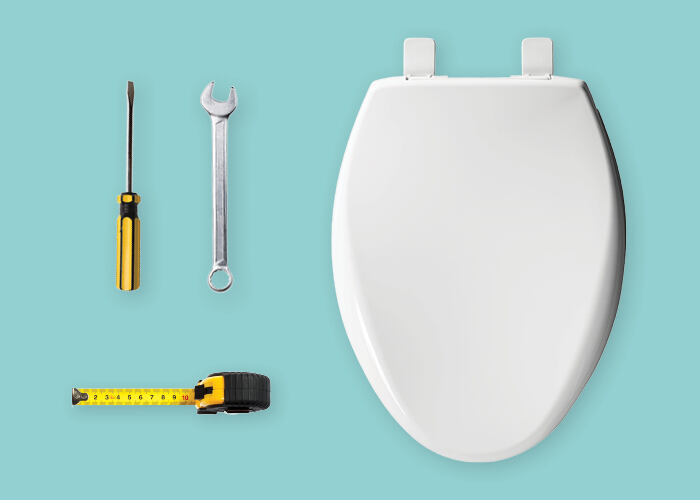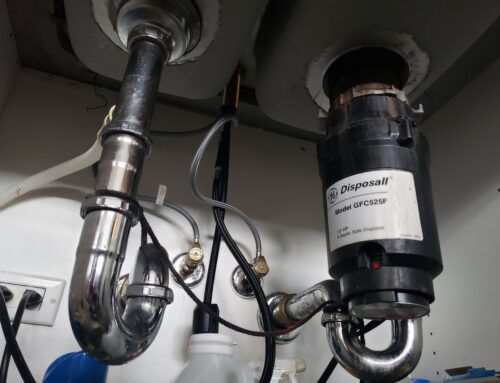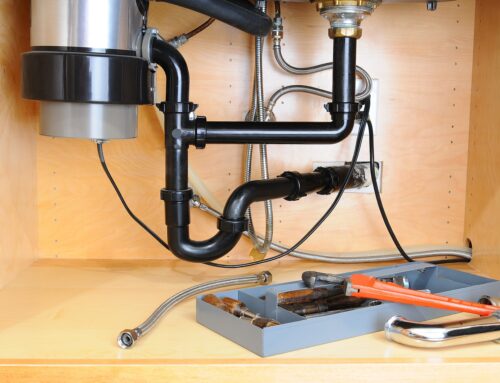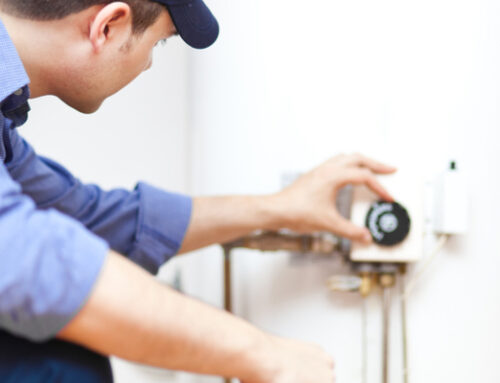How to Install a Toilet Seat
Installing a toilet seat is a relatively simple DIY task that can be completed with basic tools and a few easy steps.
The toilet seat is an essential component of any bathroom, providing comfort and functionality. Over time, it may become necessary to replace or install a new toilet seat. Whether you’re upgrading for aesthetics or replacing a damaged seat, this step-by-step guide will walk you through the installation process. You can also explore our Toilet Parts Diagram for a clear breakdown of how toilets are assembled.

Tools and Materials
Before you begin, gather the necessary tools and materials:
1. New toilet seat with hardware
2. Screwdriver (flathead and Phillips)
3. Adjustable wrench
4. Tape measure
5. Pen or pencil
6. Safety gloves (optional)
Step 1: Preparation
1. Start by turning off the water supply to the toilet. Locate the shut-off valve, usually located behind or below the toilet tank, and turn it clockwise to shut off the water.
2. Flush the toilet to drain the tank and bowl, ensuring that there’s no water left in the system.
Step 2: Remove the Old Seat
1. To remove the existing toilet seat, locate the plastic or metal bolts that secure it to the toilet bowl. These bolts are typically located at the back of the bowl, connecting the seat to the hinge.
2. Using a flathead screwdriver or a wrench, carefully unscrew the nuts on the bolts. Some nuts may be concealed under plastic covers that can be pried off.
3. Once the nuts are removed, lift the old seat and lid assembly straight up and off the toilet bowl. Dispose of it properly.
Step 3: Measure and Align
1. Measure the distance between the centers of the bolt holes on the toilet bowl. This measurement is crucial as it determines the compatibility of your new toilet seat. Standard measurements are about 5.5 to 6 inches apart.
2. Ensure that the new toilet seat you’ve purchased matches this measurement. If not, you may need to exchange it for the correct size.
Step 4: Install the New Toilet Seat
1. Place the new toilet seat and lid assembly over the bowl, aligning the bolt holes with the holes on the bowl.
2. Insert the bolts through the holes in the seat and the bowl, ensuring they protrude through the bottom of the bowl.
3. Secure the seat in place by adding the nuts onto the bolts from underneath the bowl. Hand-tighten the nuts initially.
4. Use a wrench to further tighten the nuts, but be cautious not to overtighten, as this can crack the porcelain. Check the manufacturer’s instructions for recommended torque specifications.
Step 5: Adjust the Seat
1. With the seat securely in place, check the alignment and level of the seat. Make any necessary adjustments to ensure it’s centered and level on the toilet bowl.
2. If the seat wobbles, you may need to tighten the nuts a bit more to stabilize it.
Step 6: Reconnect the Water Supply
1. Turn the water supply valve counterclockwise to reopen it and allow water to flow back into the toilet tank.
2. Wait for the tank to fill, and check for any leaks around the base of the toilet. If you notice any leaks, tighten the nuts on the bolts further.
Step 7: Test the Toilet Seat
1. Open and close the new toilet seat to ensure it functions smoothly. Make sure it stays securely in place when in the down position.
2. Sit on the seat to test its stability and comfort.
Step 8: Final Inspection
1. Check for any remaining water leaks around the toilet and the seat attachment points.
2. Clean the toilet and the new seat to remove any fingerprints or smudges.
Conclusion
Congratulations! You’ve successfully installed a new toilet seat, giving your bathroom a fresh look and improved functionality. Regular maintenance and cleaning will help ensure the longevity of your new seat. Remember to keep the manufacturer’s instructions for future reference and enjoy your newly upgraded bathroom fixture.
If you are located in Chicago or the surrounding areas, and require assistance with toilet seat installation, we encourage you to contact our professional plumbers today.







